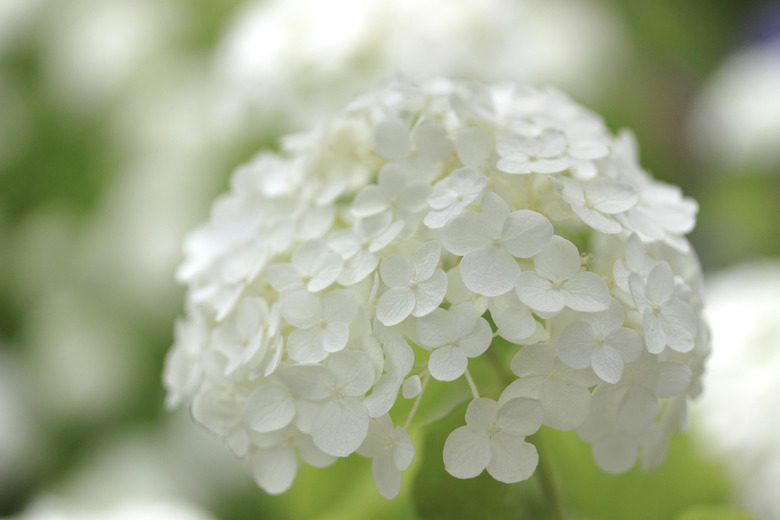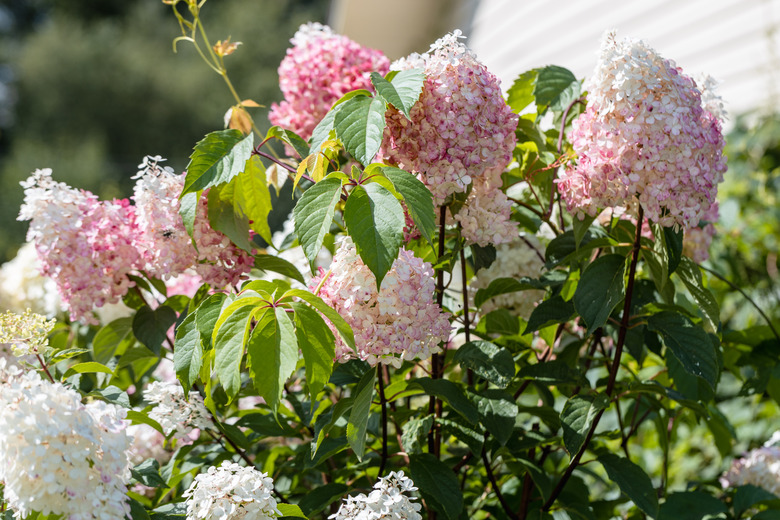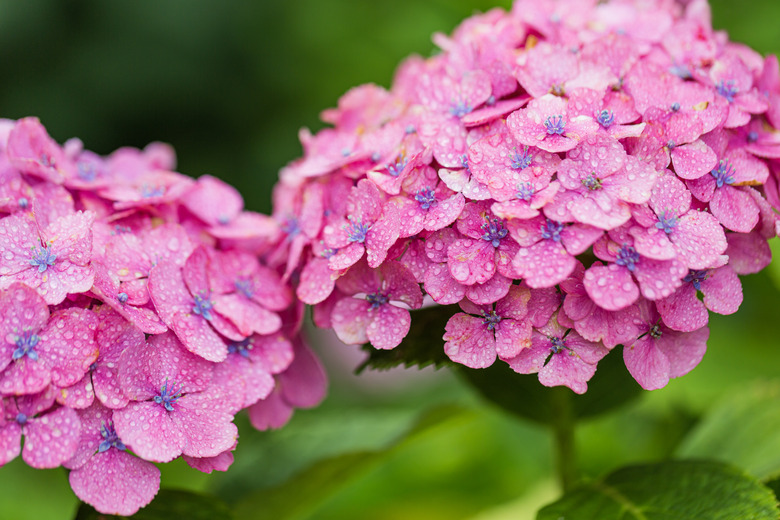What Is The Best Fertilizer For Hydrangeas?
Soil fertility and personal preference are both factors to consider when deciding which is the best fertilizer for hydrangeas. Most hydrangeas (Hydrangea spp.) grow best in USDA hardiness zones 3 to 9, where they are cultivated for their showy, bouquet-like flower panicles.
Most hydrangeas are moderately heavy feeders during the growing season, especially when they are grown under very warm, bright conditions. Fertilizer can help support healthy growth in hydrangeas, but it can cause a decline in flowering if the wrong type of fertilizer is used or if it is given at the wrong time.
Testing for Soil Composition
A soil test will help you determine which is the best fertilizer for your hydrangeas. Most soil tests reveal information that is important for gardeners to know, such as soil pH and what nutrients are present in the soil.
Soil pH and nutrients both impact how well a hydrangea will grow and bloom, so knowing what your soil offers will help you compensate for any deficiencies or provide information to help balance alkaline or acidic soil.
Tip
Soil tests can be found at most garden centers, online and can sometimes be acquired from your local university cooperative extension.
Understanding Garden Fertilizer
Before deciding which is the best fertilizer for your hydrangeas, it is a good idea to learn the basics of garden fertilizer so you can make an informed decision.
Key Nutrients
Commercial fertilizer preparations have a number on the label, which is the N-P-K number. The N stands for nitrogen, the P for phosphorus and the K for potassium.
In simple terms, nitrogen supports leafy new growth, phosphorus helps flowering and reproduction and potassium encourages stem and root growth, which are all needed for healthy plants.
If a soil test reveals that your soil is lacking in one of these key nutrients, choose a fertilizer that will correct any issue before planting new hydrangea plants.
Types of Fertilizer
Fertilizer can be divided broadly into two main types: fast-release and slow-release fertilizer. Some are liquid while others are in a granulated or pelleted form.
- Rapid-release fertilizers come in liquid or granule forms. They are typically applied multiple times during the growing season. Granular and liquid fertilizer can sometimes be messy, so they are not the best choice for every gardener.
- Slow-release fertilizer is typically pressed into pellets called prills. They release their nutrients slowly over several months and so are typically applied once per season, in spring. Prills typically produce less mess and so are tidier to use than liquid or granular fertilizer.
Organic Fertilizer Options
Organic fertilizer is another option for hydrangea growers. Working a few inches of organic matter such as compost or aged manure into the bed before planting hydrangeas will improve soil nutrients over time, but it does not necessarily eliminate the need for fertilizer.
During the growing season, you can continue to support your hydrangeas with organic fertilizers like fish emulsion or seaweed extract. These products are typically available as liquid concentrates and can be added to the soil around the base of the plants.
Choosing Hydrangea Fertilizer
When choosing the best fertilizer for hydrangeas, look for a formulation with a higher phosphate content relative to nitrogen and potassium. This will support the formation of large, showy flower panicles.
Tip
In the absence of a soil test, a fertilizer with a ratio such as 10-30-10 or 5-10-5 works best for hydrangea flowers in most gardens.
The type of fertilizer you choose is decided, in part, by the types of hydrangeas that you are growing, because different species need feeding at different times.
- Bigleaf hydrangeas (Hydrangea macrophylla, zones 6 to 11) grow best when fed with several light applications throughout the growing season, in early spring, late spring and mid-summer, so it is best to use fast-release fertilizer.
- Oakleaf or panicle hydrangeas (Hydrangea quercifolia, zones 5 to 9) need fertilizer twice yearly in mid-spring and mid-summer, so you should use fast-release fertilizer.
- Smooth hydrangeas (Hydrangea arborescens, zones 3 to 9) need one feeding per year in late winter, so you should use slow-release fertilizer.
- Mountain hydrangeas (Hydrangea serrata, zones 5 to 9) need an application of fertilizer in early spring and another in mid- to late summer, so fast-release fertilizer is best.
Tip
You can also use a balanced fertilizer, but discontinue it if the shrub grows an abundance of foliage and few flowers, which can indicate that it is receiving too much nitrogen.
Soil pH and Color Variations
Soil pH impacts how well a plant can absorb nutrients but it can also alter the color of hydrangea flowers. Acidic soil with a pH below 6 promotes blueness in hydrangea flower heads, while alkaline soil with a pH above 6 results in pink flowers.
Tip
Hydrangeas will tolerate slightly alkaline soil, but they are acid-loving plants that perform best in neutral to acid soils. For that reason, many fertilizer formulations are designed specifically to maintain a low pH for hydrangeas and other acid-loving plants. These are often the easiest to use.
To maintain or alter the flower color of your hydrangea blooms, choose plant food that is specifically designed to influence soil pH. Soil acidifiers like aluminum sulfate will promote blue flowers while dolomitic lime will raise alkalinity to create pink blooms.


